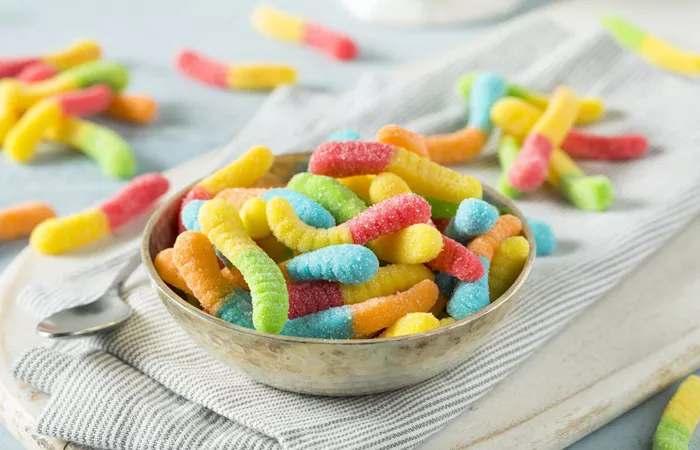Behind the colorful packaging of many popular children’s snacks lies a growing health concern: Red 40, a synthetic dye banned or restricted in over 40 countries but still legal in the U.S.
What Is Red 40?
Red 40, or Allura Red, is a petroleum-based dye found in fruit snacks, cereals, candies, and drinks. Experts warn it may be linked to behavioral issues, such as hyperactivity and attention problems, especially in children.
“Other countries took action years ago, while American kids still consume these chemicals daily,” says Dr. Elizabeth Hartman, a pediatric neurologist.
Different Standards Worldwide
The European Union requires warning labels on products with synthetic dyes. Countries like Norway, Austria, and Finland have banned them altogether. In contrast, the U.S. FDA maintains that these dyes are safe, despite ongoing research suggesting risks.
Where You’ll Find Synthetic Dyes
These dyes often appear in:
- Fruit-flavored snacks and gummies
- Colorful breakfast cereals
- Candy and coated chocolates
- Brightly colored drinks
Look for Red 40, Yellow 5, Yellow 6, Blue 1, and Blue 2 on labels.
Why Are They Still Used?
Manufacturers prefer synthetic dyes because they’re cheap, vibrant, and have a long shelf life. But experts warn they may disrupt brain development in children.
How Parents Can Respond
- Read labels and avoid products with synthetic dyes
- Choose snacks with natural colorings like beetroot or turmeric
- Support brands making safer choices
California’s upcoming ban on synthetic dyes in school foods by 2027 signals growing momentum for change.
Your Choices Matter
Every time you shop, you influence the food industry. By avoiding synthetic dyes, you’re not just protecting your child—you’re voting for a safer food system.
Related topics:


